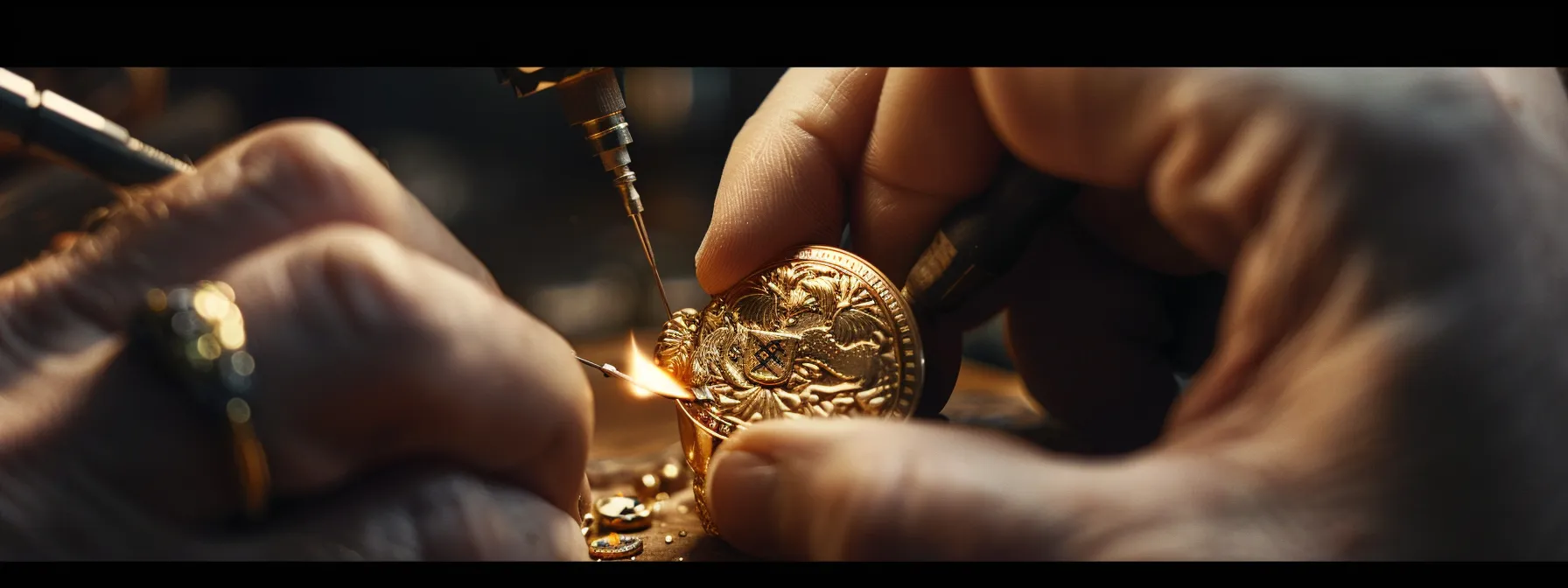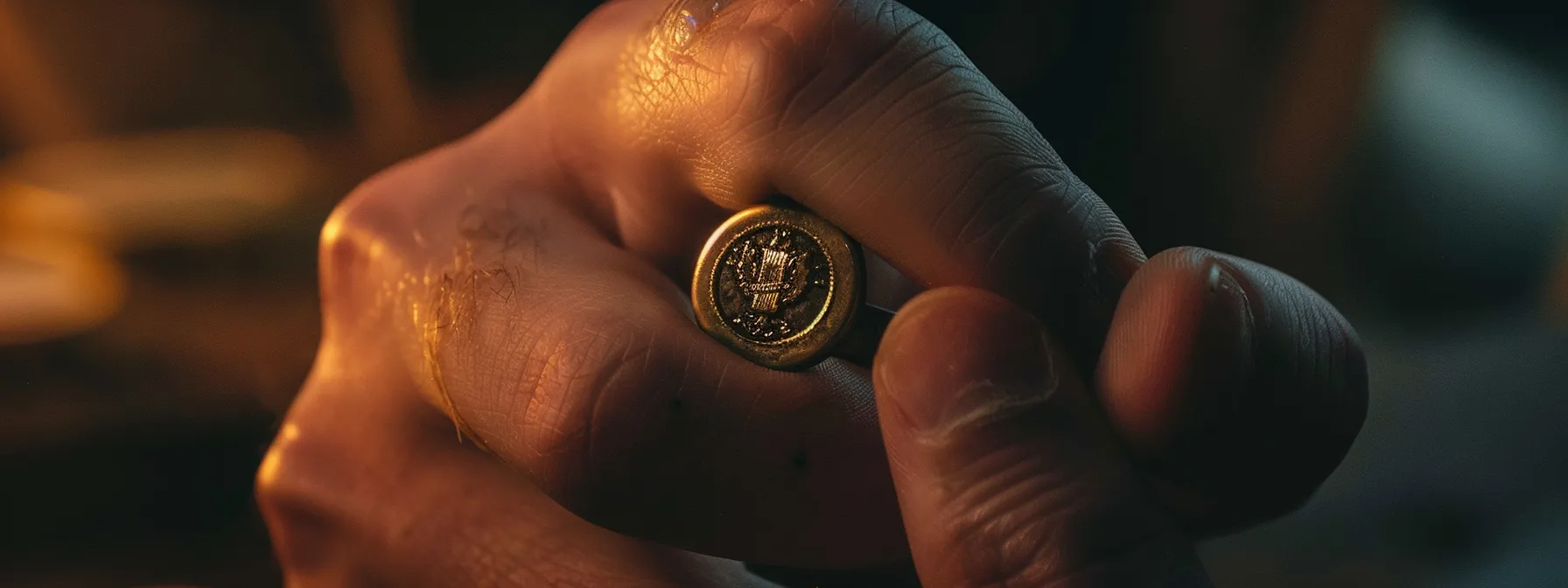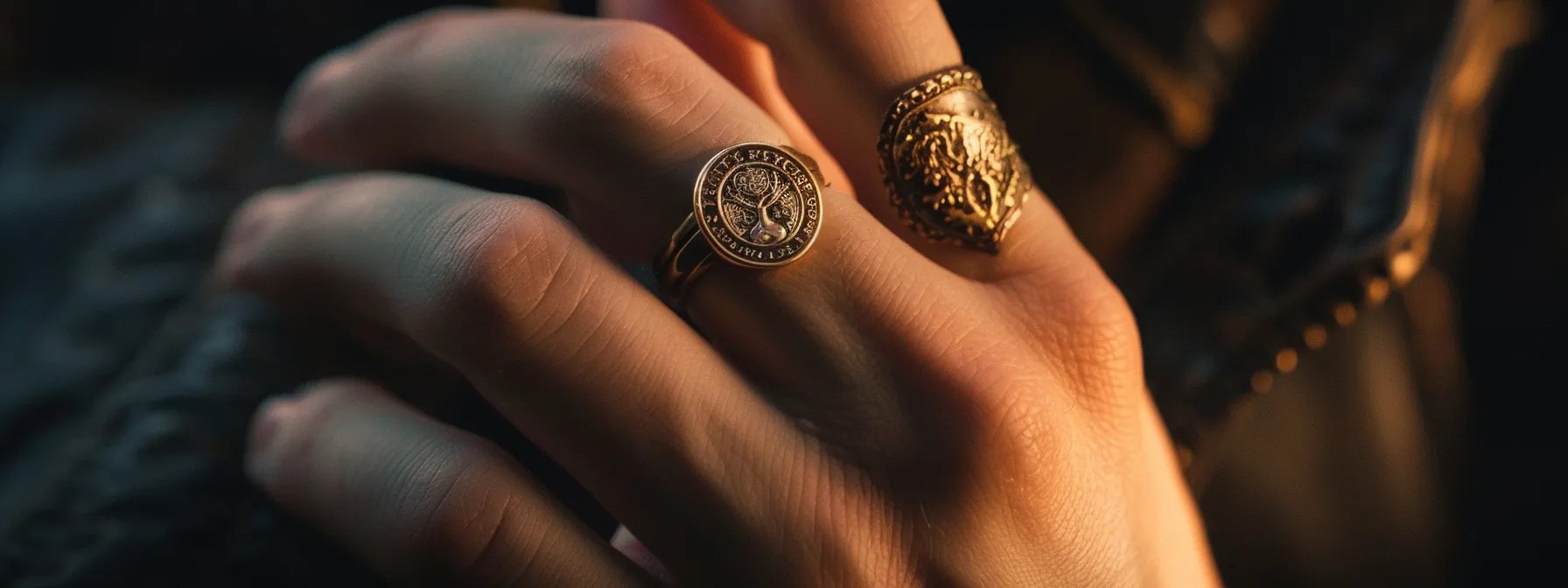The Timeless Elegance of Signet Rings
Throughout history, signet rings have served as emblems of influence and personal identity. These storied pieces of jewelry have carried the weight of tradition, power, and individuality for centuries. Today, they remain as relevant as ever, seamlessly integrating into modern styles and expressing the wearer’s unique tastes and heritage. In this article, we explore the enduring appeal and nuanced significance of signet rings, from their historic roots to contemporary fashion statements. Keep reading to uncover the rich tapestry behind these elegant accessories.
Craftsmanship and Quality: The Making of a Signet Ring

The creation of a signet ring is a delicate blend of art and skill, a process steeped in tradition yet utilizing modern techniques. Crafting these rings begins with the selection of fine metals, often gold or silver, and meticulous design planning. The jeweller must consider both the aesthetic appeal and the functionality of the ring, ensuring it is both beautiful and capable of leaving a crisp impression.
Beyond the engraving, aspects like the ring’s shape, weight, and fit are critical in determining its comfort and appeal. A well-made signet ring will feel natural on the finger, its contours and curves tailored to the wearer. The balance of the ring must also be taken into account to ensure that it does not tilt or slip when worn.
Prioritizing quality, some jewellers, such as the Oxford Signet Rings Company, emphasize the importance of tradition and attention to detail. Employing time-honored techniques, they ensure each piece is not merely an accessory but an heirloom worthy of being cherished for generations to come.
The Timeless Elegance of Signet Rings: A Historical Perspective

The origins of signet rings trace back to ancient civilizations where they functioned as personal signatures. Emblazoned with a family crest, monogram, or emblem, these rings were pressed into wax to seal and authenticate documents. The use of signet rings became widespread among royalty and nobility, symbolizing authority and sealing the fates of nations with a flick of the wrist.
During the Middle Ages, signet rings served not only as tools of authentication but also as treasured heirlooms, passed down through generations. The intricate designs and heraldic insignia they bore were marks of lineage and status, encapsulating family histories in lustrous metalwork. The craftsmanship required to create these pieces made them cherished tokens of one’s ancestry and social position.
Today, signet rings still carry the air of tradition and dignity that once graced the hands of historical figures. They remain an expression of one’s place in the continuum of their family story, captured eternally in precious metal. The significance and reverence for signet rings have endured through time, making them as captivating now as they were thousands of years ago.
The Cultural Significance and Symbolism Behind Signet Rings

Signet rings have long been more than mere decorations; they are symbols of identity, authority, and cultural belonging. Traditionally, the engravings represented one’s family and social standing, each ring telling a story of heritage and communal bonds. They have acted as tangible links to one’s roots, carrying with them centuries of familial history and connections.
In addition to their historical use as personal seals for important documents, signet rings have held various symbolic meanings. In some cultures, they have served as amulets of protection, while in others, they are seen as emblems of achievement or milestones. The ring’s symbolism can also extend to personal virtues, such as courage, loyalty, or wisdom, represented through specific imagery or inscriptions.
Altogether, the signet ring embodies a remarkable fusion of artistry, tradition, and personal expression. This time-honored piece has found a place in the modern wardrobe, serving as a testament to the enduring human desire to connect with our past while making our distinct mark on the present and future.




